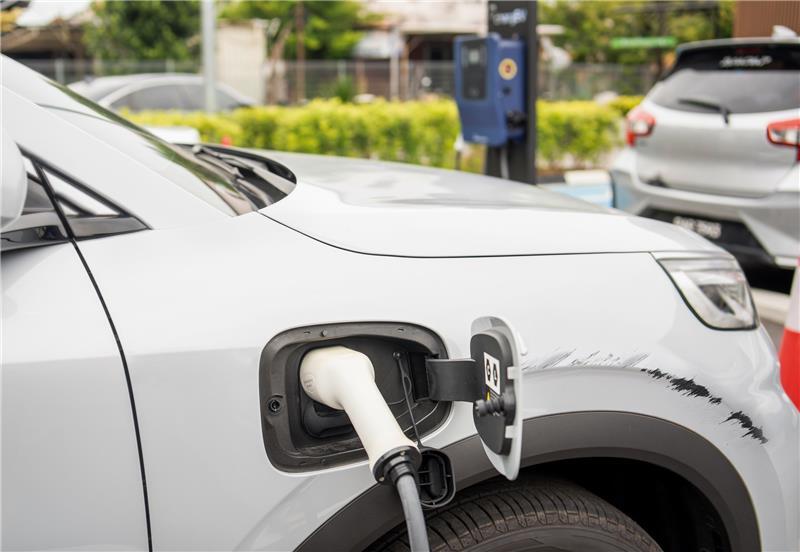Pandemic-related regulations have had a profound effect on customer care processes. Social distancing has reduced the amount of human interaction within customer care and left businesses looking for alternative methods to ensure satisfaction and maintain retention.
As a result, integrating technology and software into the customer journey is now not just important, but essential.
Technology’s role in an integrated customer journey
Technology within the customer care process ensures transparency and speed. In the context of accident aftercare, the customer journey begins with FNOL (first notification of loss).
At this initial stage, the customer is often in some distress, which subsequently puts pressure on the incident management company to provide a system that is both efficient and attentive. From FNOL onwards, it’s a question of repairing the driver’s vehicle in a timely manner, whilst ensuring the driver has a mobility option in the meantime.
While technology within accident aftercare is not at the stage where it can deal with a distressed customer directly, it can serve to alleviate their anxieties by ensuring a consistent line of communication.
As part of AX Automotive, for example, partners engaged in the accident aftercare process have access to the company’s Beacon software. The programme has been developed in-house to optimise communication between stakeholders by monitoring all aspects of the claims process, enabling AX partners to remain transparent with their customers in the case of non-fault incidents.
A system that drives the user
The traditional model for customer care is one that focuses on meeting the demands of the customer. Whilst still relevant today, the nature of ‘meeting demands’ does suggest a more reactionary approach rather than proactive. Utilising software in the customer care process offers the potential to turn this around, resulting in a more streamlined process driven by technology.
At this point, we’re now in the realms of automation. The recently launched AX Motor Assist has adopted this idea by utilising a new automated platform to manage the customer journey and simplify the handling of what can often be complex procedures for the parties involved.
Through this system, partners have access to a tailored platform that takes the legwork out of the claims and vehicle repair process. In doing so, the end-to-end solution affords greater transparency between individual parties and therefore improves efficiency.
Technology is now integral to vehicle incident management. It enables transparency and efficiency, and subsequently instils trust between a business and its customers. What’s more, it offers incredible potential for the continued improvement of the customer care journey. Whilst today technology is predominantly used as a tool within these processes, the introduction of automation may eventually lead to technology directing the system it was once only a part of.
Find out more about Motor Assist today.









